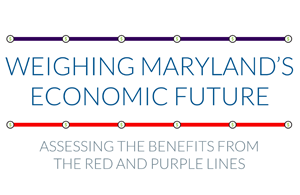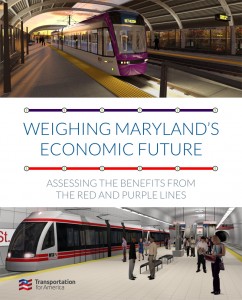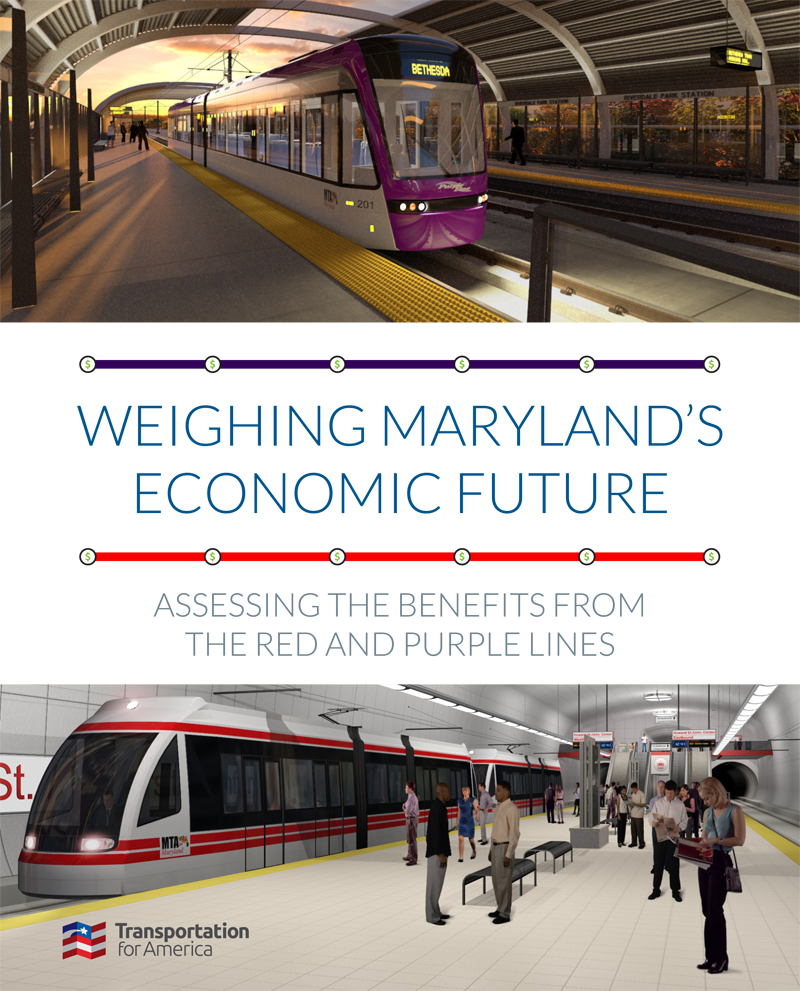
Yesterday, The Baltimore Sun editorial board heartily affirmed the necessity of the Red Line for Baltimore’s future, calling it “the economic shot in the arm” that the city needs and urging Maryland Gov. Larry Hogan to approve both it and the Purple Line project in the DC suburbs.
The editorial talks about the benefits of building the light rail line through west Baltimore — cleaner air, less cars on the road, access to jobs for the city’s low-income residents — and asks Gov. Hogan the question: “Why worsen the outlook for Baltimore area business growth by canceling the Red Line?”
Baltimore residents have already made considerable sacrifice to pave the way for the Red Line, the 14.1-mile-long east-west line that would connect Woodlawn with Johns Hopkins Bayview by way of downtown Baltimore. City lawmakers agreed to a higher gas tax, local governments have committed to $280 million in combined contributions, and soon, Maryland Transit Administration systems will be charging higher fares as required by the state legislature.
This city needs the economic shot in the arm that would come from the addition of the Red Line. West Baltimore, ground zero for the recent protests and unrest that arose after Freddie Gray’s death, would stand to benefit from the multi-billion-dollar investment in transportation infrastructure. Thousands of jobs would be created. What a vast improvement over the yawning “road to nowhere” canyon that continues to haunt that side of the city, the result of a failed freeway project.
The editorial mentions the success of the MARC commuter rail service as an example of the potential benefits that can come from expanded transit service. The MARC trains used to operate only on weekdays between DC and Baltimore, but the rail line recently started running trains on weekends, taking cars off the busy Baltimore-Washington Parkway and Interstate 95 during the weekends and providing another travel option.
The editorial closes with some figures from T4America’s Maryland transit report released last week, as well as an overall reason why the Red Line is so important to Baltimore:
But don’t take our word for it, ask the business community. The Greater Baltimore Committee and others have been leading the charge for the Red Line for years. They don’t want a handout, they want a level playing field. …What would the Red Line do for Baltimore? A recent Transportation for America report estimates 15,000 jobs and $2.1 billion in increased economic activity. The Purple Line exceeds that with 20,000 jobs and $7 billion in economic activity, according to the non-profit organization of business, elected and civic leaders. The timing could hardly be better. For a city at risk of drowning in despair, Mr. Hogan’s approval of the Red Line looks like a real life preserver.
Read the rest of the Sun editorial here, and if you missed it, download the full Maryland report.








